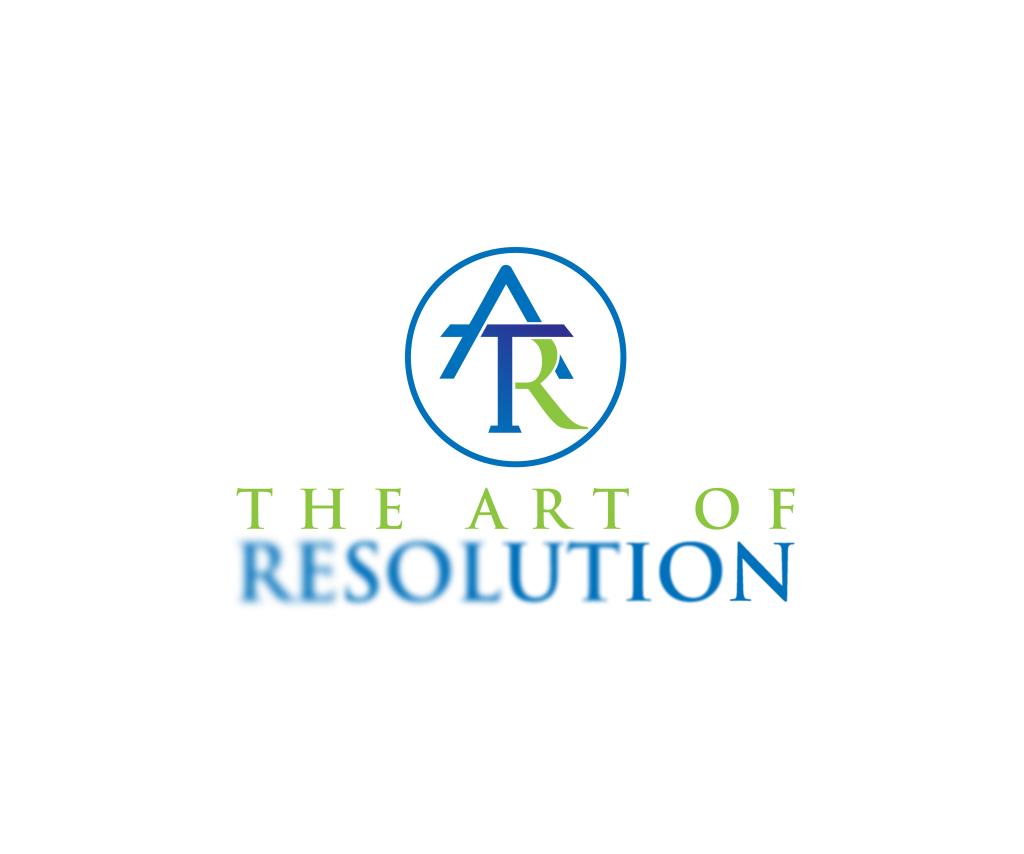by Andrew Flake
In the litigation practice, we deal in time. Schedules, deadlines, fees and invoicing — they are all ways to divide and parcel out a scarce resource. I have an hourglass in my office I received as a gift, and when it is turned, its sifting grains are a very tangible reminder, with the minutes passing, that we need to prioritize.
That’s true, of course, but do we sometimes focus too much on the hourglass? With so much that is pressing, it is easy to overlook longer-term thinking and planning. When it comes to the topic of settlement, the hourglass points to requirements– when must we have a settlement conference, whether by rule or court order? What is required to discuss? When is a mediation statement due? The bigger picture, the substance, and especially the creativity, can get lost in the process.
I’d encourage you to approach things differently. Set aside your hourglass. Instead, try to cultivate a more expansive and reflective view, in the same way you might when sitting on the beach, watching and listening. There, the sand stretches out as far as you can see, as does the water, and our frame of mind is more relaxed. We’ve given ourselves time, and a result, creative possibilities occur to us that might otherwise not be captured.
Understanding that most of don’t work near the shore, there are still some ways we can set up a “beach chair” in our disputes. Here are some suggestions:
- Add settlement planning to your case checklist.
- Calendar time to consider settlement throughout the case.
- Think expansively.
- View the case from the other side’s perspective.
- Solicit input at appropriate times from your opposing counsel.
- Consider a broad range of dispute resolution modes, tailored to your case; mediation is very effective, but settlement conferences, arbitration for some or all of the case, and even early neutral evaluation are options.
- Have early and ongoing conversations with the client, including about settlement goals and possible terms.
- Maintain a list of these possibilities and settlement terms and scenarios, which may change as the case progresses.
If we’re not deliberate, the bustle of day-to-day case movement will have us moving from task-to-task, turning the hourglass back over and then over again. We can miss insights and opportunities.
Decide that you will take some time to step away, and make a place for it in your schedule. Look out over the sand and water. I think you’ll be surprised with the insights and good results that follow.
